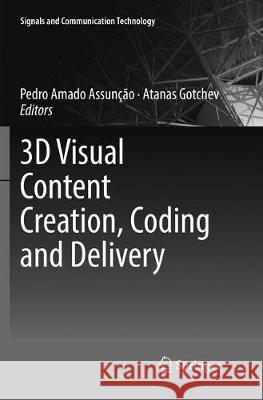3D Visual Content Creation, Coding and Delivery » książka
topmenu
3D Visual Content Creation, Coding and Delivery
ISBN-13: 9783030085520 / Angielski / Miękka / 2019 / 325 str.
Kategorie:
Kategorie BISAC:
Wydawca:
Springer
Seria wydawnicza:
Język:
Angielski
ISBN-13:
9783030085520
Rok wydania:
2019
Wydanie:
Softcover Repri
Numer serii:
000363892
Ilość stron:
325
Oprawa:
Miękka
Wolumenów:
01











